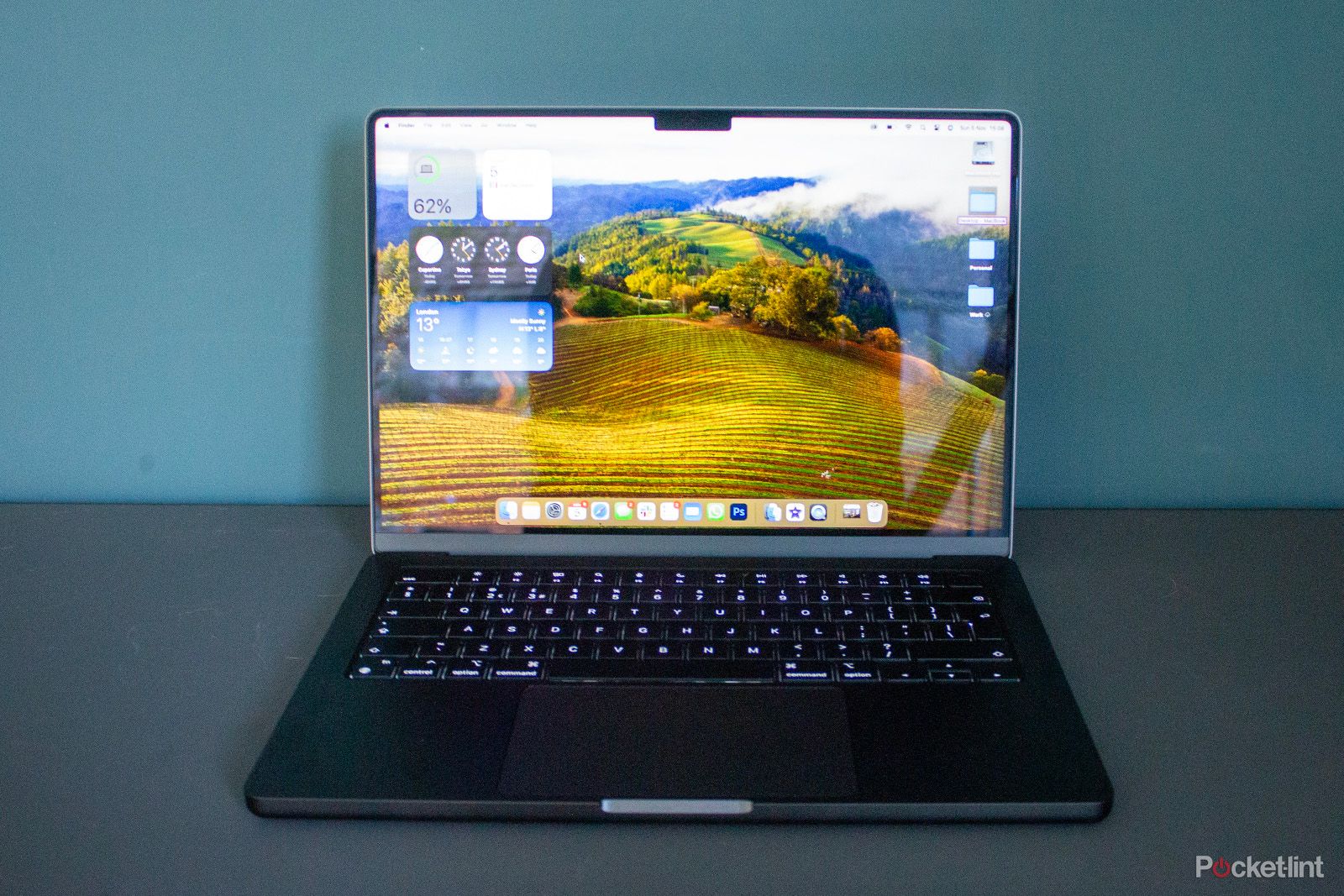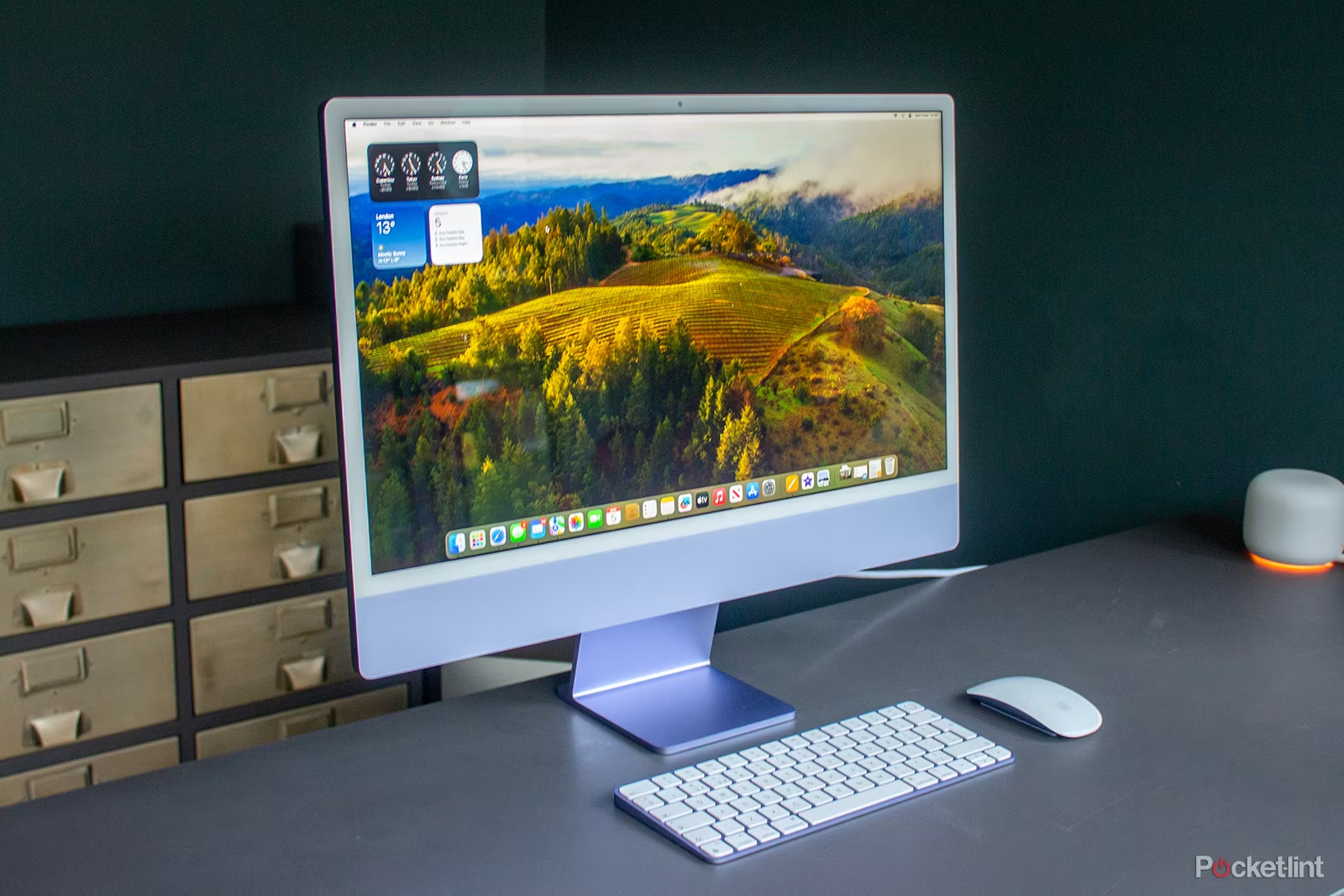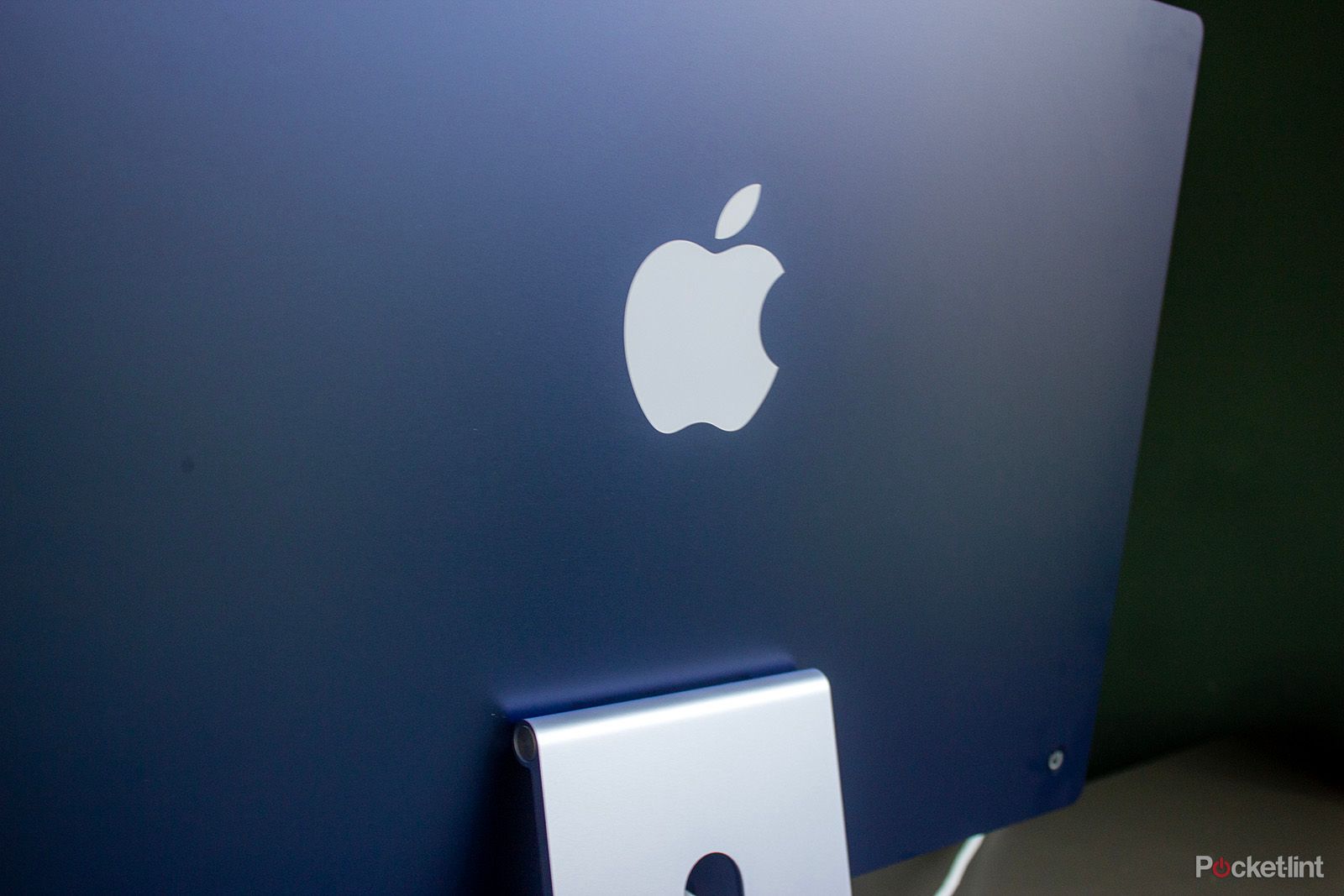Typing has long been a pretty essential part of the computing experience, whether that’s on a laptop or a desktop – most of us know how to do it. Whether you’re any good at it is a different story. Most of us can get by with our self-taught methods and may even have developed pretty decent typing speeds over the years. But is there a quicker (or more accessible) way?
If you’re using a Mac laptop or desktop you might want to give dictation a try. It allows you to enter text in any application on your Mac simply by using your voice. Whilst it’s not perfect, if you’re not the most fluent typist, you might find that it can save you time in the long run. If you want to test it out to see if it works for you, then here’s how to use dictation on a Mac.
Enabling dictation on a Mac
Dictation is a useful tool, but it’s not one that is used by a huge number of people. If you want to start using dictation on your Mac, you’ll find that it’s disabled by default. In order to start using dictation, you’ll first need to enable it in System Settings. The steps are a little different if you’re running an older version of macOS.
For macOS Ventura or later:
- At the left-hand end of the menu bar, click the Apple logo.
- Select System Settings.
- Scroll down the left-hand menu and click Keyboard.
- At the bottom of the Keyboard settings find the Dictation section.
- Turn on the Use Dictation wherever you can type text toggle switch.
- Click Enable to confirm your decision.
- If necessary, you can change the Language that you want to use for dictation.
- You can also change the Microphone source if you want to use an external mic or headset.
- Under Shortcut, you can opt to change the keyboard shortcut to start dictation or leave it as the default setting of pressing the Ctrl key twice.
- If you want dictation to add in basic punctuation, ensure Auto Punctuation is on.
For macOS Monterey or earlier:
- At the left-hand end of the menu bar, click the Apple logo.
- Select System Preferences.
- Click Keyboard.
- Select the Dictation tab.
- Click the On radio button for Dictation.
- Click Enable Dictation to confirm your decision.
- Select a new Language if necessary.
- Choose a new Shortcut to start dictation or keep the default option which is pressing Ctrl twice.
How to use dictation on a Mac
Once dictation has been enabled on your Mac, you’re ready to start dictating. Dictation isn’t limited to specific apps; you can use it anywhere where you can type text. To start dictation, you can use the menu bar, a keyboard shortcut, or the dedicated dictation key if your Mac has one.
- Open the app that you want to dictate into and place your cursor where you want the text to appear.
- In the menu bar at the top of the screen, click the Edit menu.
- Select Start Dictation.
- Alternatively, you can press the keyboard shortcut that you set up in the section above.
- On some Macs, you may also have a microphone symbol on the F5 key. Pressing this key will start dictation.
- A microphone icon will appear on the screen, indicating that your Mac is now listening for your voice.
- Start speaking, and your words will appear where you placed your cursor.
- If there is no dictation for 30 seconds, the icon will disappear, and dictation will stop.
- You can also stop dictation by clicking Done on the microphone icon.
- To continue dictating, repeat the steps above to start dictation again.
Dictation tips and tricks
If you’re new to dictation, it can take a little getting used to. There are a few tips and tricks that can help you to get your text looking exactly how you want it.
When you start dictating, your Mac will transcribe solely the words that it hears, as well as some basic punctuation if you enable auto-punctuation. If you want to add further punctuation, you can do so using your voice.
For example, you can say “I don’t believe it exclamation mark” and the text that appears on your screen will be “I don’t believe it!” Frustratingly, there’s no way to force Mac dictation to type out the names of punctuation marks in full. If you want to write out the word “comma” the only way to do so is to spell it one letter at a time.
You can also use your voice to insert symbols; saying “tom at sign myspace dot com” becomes “tom@myspace.com” and to type “#sorrynotsorry” you just need to say “hashtag sorry not sorry.”
There are also some formatting commands. “New line” starts a new line of text, and “tab key” moves to the next tab stop. “Caps on” formats whatever you say next in title case and “all caps” puts the next word in ALL CAPS.
You can also dictate the names of currency signs, and mathematical symbols, and on Apple Silicon Macs you can even insert Apple emojis by saying phrases such as “laughing emoji” or “shrug emoji.”
Apple provides a complete list of Mac dictation commands which is a very useful reference when you’re first starting to use dictation on a Mac.

Apple
Apple MacBook Air 15 (M2, 2023)
$1099 $1299 Save $200
How to use dictation with Voice Control
As well as dictation, your Mac also allows you to use your voice to control your Mac. With the Voice Control accessibility feature turned on, you can interact with your Mac using just your voice, without the need to use a mouse or trackpad. For example, you can say things like ‘open Safari’, ‘click File’, or ‘new document’ to perform the relevant commands.
If you open an app that has text input, such as Microsoft Word, and the cursor is in the text field, anything you say will be automatically dictated. You don’t need to start dictation from the menu; just start talking and anything you say will be transcribed into the text field. You can use the same dictation tricks listed above to add punctuation.
How to enable Voice Control on Mac
Voice Control is turned on through the Accessibility settings rather than the Keyboard settings where the dictation controls are found. The method you use is slightly different depending on which version of macOS you’re running.
For macOS Ventura or later:
- Click the Apple logo in the menu bar.
- Select System Settings.
- In the left-hand menu, select Accessibility.
- Toggle Voice Control on.
- You can now control your Mac with your voice, and dictate text into text fields.
For macOS Monterey or earlier:
- Click the Apple logo in the menu bar.
- Select System Preferences.
- Click the Accessibility icon.
- Select Voice Control from the left-hand menu.
- Check Enable Voice Control.
- You can now control your Mac with your voice.
Is dictation on a Mac any use?
You may be wondering if using dictation on your Mac can help you to get text down more quickly than typing. The answer to that question is really a personal one. That’s because, unsurprisingly, dictation on a Mac isn’t perfect. Most of the time the text that you speak will be accurately transcribed on the screen, but on occasions you’ll be misheard. In these instances, you’ll have to go back into your text and edit it manually.
Using dictation can help you to get down text impressively quickly; you can speak at a faster-than-normal rate and still see fairly accurate results. What slows things down is having to go back through the text to fix any errors.
Another issue when dictating is that it’s easy to stumble over your words. When you’re typing you can think about the sentence as you type so that you have a little time to think about what comes next. When you’re dictating you can sometimes get ahead of yourself and not be certain of what you’re about to say next. Your Mac is very good at ignoring words such as ‘um’ and ‘er’ when you’re dictating, but if you stumble over what you’re saying, you end up with gibberish.
If you’re a fluent typist, you may find having to go back and edit your dictation just too much of a pain, with no real benefit in terms of speed. But if you get the hang of dictating on a Mac, and aren’t the fastest typist, it can help you to get text down more quickly. The best advice? Give it a try; it might just turn out to be the Apple tip you’ve been missing.
Trending Products

Cooler Master MasterBox Q300L Micro-ATX Tower with Magnetic Design Dust Filter, Transparent Acrylic Side Panel, Adjustable I/O & Fully Ventilated Airflow, Black (MCB-Q300L-KANN-S00)

ASUS TUF Gaming GT301 ZAKU II Edition ATX mid-Tower Compact case with Tempered Glass Side Panel, Honeycomb Front Panel, 120mm Aura Addressable RGB Fan, Headphone Hanger,360mm Radiator, Gundam Edition

ASUS TUF Gaming GT501 Mid-Tower Computer Case for up to EATX Motherboards with USB 3.0 Front Panel Cases GT501/GRY/WITH Handle

be quiet! Pure Base 500DX ATX Mid Tower PC case | ARGB | 3 Pre-Installed Pure Wings 2 Fans | Tempered Glass Window | Black | BGW37

ASUS ROG Strix Helios GX601 White Edition RGB Mid-Tower Computer Case for ATX/EATX Motherboards with tempered glass, aluminum frame, GPU braces, 420mm radiator support and Aura Sync













